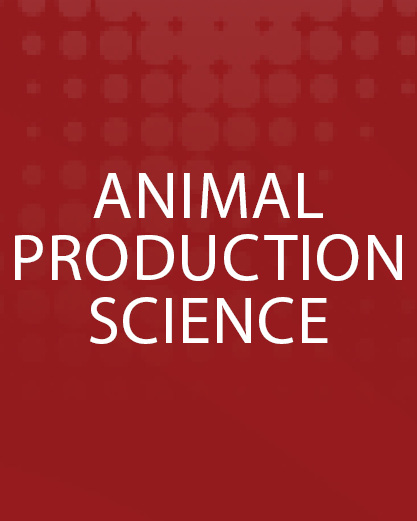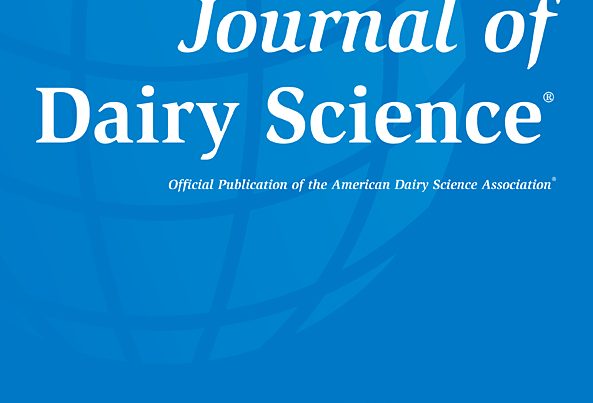Document type: Scientific review published in Animal Production Science
Author: Peter J. Groves
Preview: Cage housing systems separate the hen from her excreta and, thus, break the transmission cycle for most internal parasites. However, production systems where the birds are on litter or have access to the outdoors allow parasite life-cycle completion and, hence, these systems have seen a resurgence of intestinal parasites (worms, coccidia and histomonads). Effective registered anthelminthics are few in Australia and there are no registered products available to treat tapeworms in hens that are laying eggs for human consumption. Hence, internal parasites represent a challenge to the welfare of free-range and cage-free flocks. This is even more problematic in 'organic' production systems, as none of the effective treatments can be used. This is a considerable welfare issue for the organic system of production where the only measure available is lengthy range-area resting. External parasites can infest birds in any production system, although these too are regarded as more likely in extensive systems. Parasites are increasing in the layer industry and this is compounded by the parasites' ability to infest a variety of bird species, making introduction from wild birds a significant source. New antiparasitic treatments that can be used during egg production for human consumption will be required in future.






